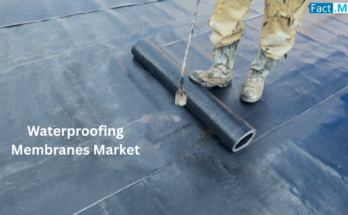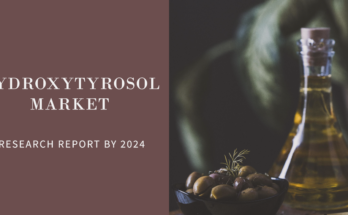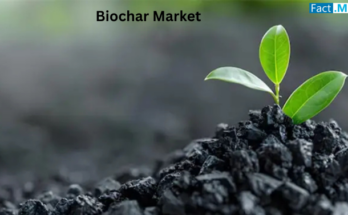Fact.MR’s global rubber processing chemicals market report forecasts a moderate outlook, anticipating a CAGR of approximately 3% to reach nearly US$ 6 Bn by the end of the 2021-2031 forecast period. Uptake is most likely expected across the automotive tire manufacturing sector, attributed to swelling vehicle ownership, both, commercial and private.
Despite retaining a positive trajectory, growth was sluggish during the historical period. According to Fact.MR’s report, sales of rubber processing chemicals expanded at just above 2% CAGR. This is largely ascribed to a general slowdown in the global automotive industry. In addition, COVID-19-induced depression across major industrial verticals further slowed down market growth, leading the market to close in at approximately US$ 5 Bn in 2020.
Fortunately, prospects are expected to rebound, as several countries resume industrial production activities amid flattening infection curves. Prominent manufacturers are expected to find renewed growth opportunities in the synthetic rubbers domain. Owing to structural superiority in comparison with natural rubber, synthetic rubbers are fast making inroads across major industries, prompting chemical companies to focus on synthetic rubber processing chemicals.
Key Takeaways from Market Study
- Demand for flame retardants in rubber processing to incline at a CAGR exceeding 3%
- Anti-degradant rubber processing chemical sales to reach nearly US$ 3 Bn by 2031
- By application, tire manufacturing to account for over 40% rubber processing chemical demand
- Sales across the U.S. surpassed US$ 1 Bn in 2020, nudged by applications across synthetic rubber manufacturing
- Robust chemical industry growth to heighten sales across China, poised to expand at over 5% CAGR
- India, Australia, and South Korea to contribute a total of over US$ 800 Mn by 2031
“Growing emphasis on improving structural quality of rubber-manufactured products, in terms of durability, flexibility, and abrasion resistance, is heightening incorporation of rubber processing chemicals by key industries,” says a Fact.MR analyst.
Competitive Scenario
BASF SE, Arkema Group, Behn Meyer Holding AG, China Petroleum & Chemical Corporation (SINOPEC), Eastman Chemical Company, Emerald Kalama Chemical LLC, Emery Oleochemicals Group, Kumho Petrochemical Co. Ltd. (KKPC), and Sinochem Group Co. Ltd. are prominent rubber processing chemical manufacturers profiled in Fact.MR’s report.
- In March 2019, Emerald Kalama Chemical LLC announced the launch of two new proprietary innovations in its VITROFLEX® benzoate plasticizers A90 and A99, which are used in the A (polymer) side of 2-part polysulfide sealants, ensuring higher performance.
- In May 2021, Behn Meyer Holding AG companies operating across Thailand acquired the ISO 14001: 2015 certification for their impressive environmental management systems (EMS). These include its chemicals and agribusiness units.



